Between Bridges Residency
July–December 2025: Wisrah C. V. da R. Celestino
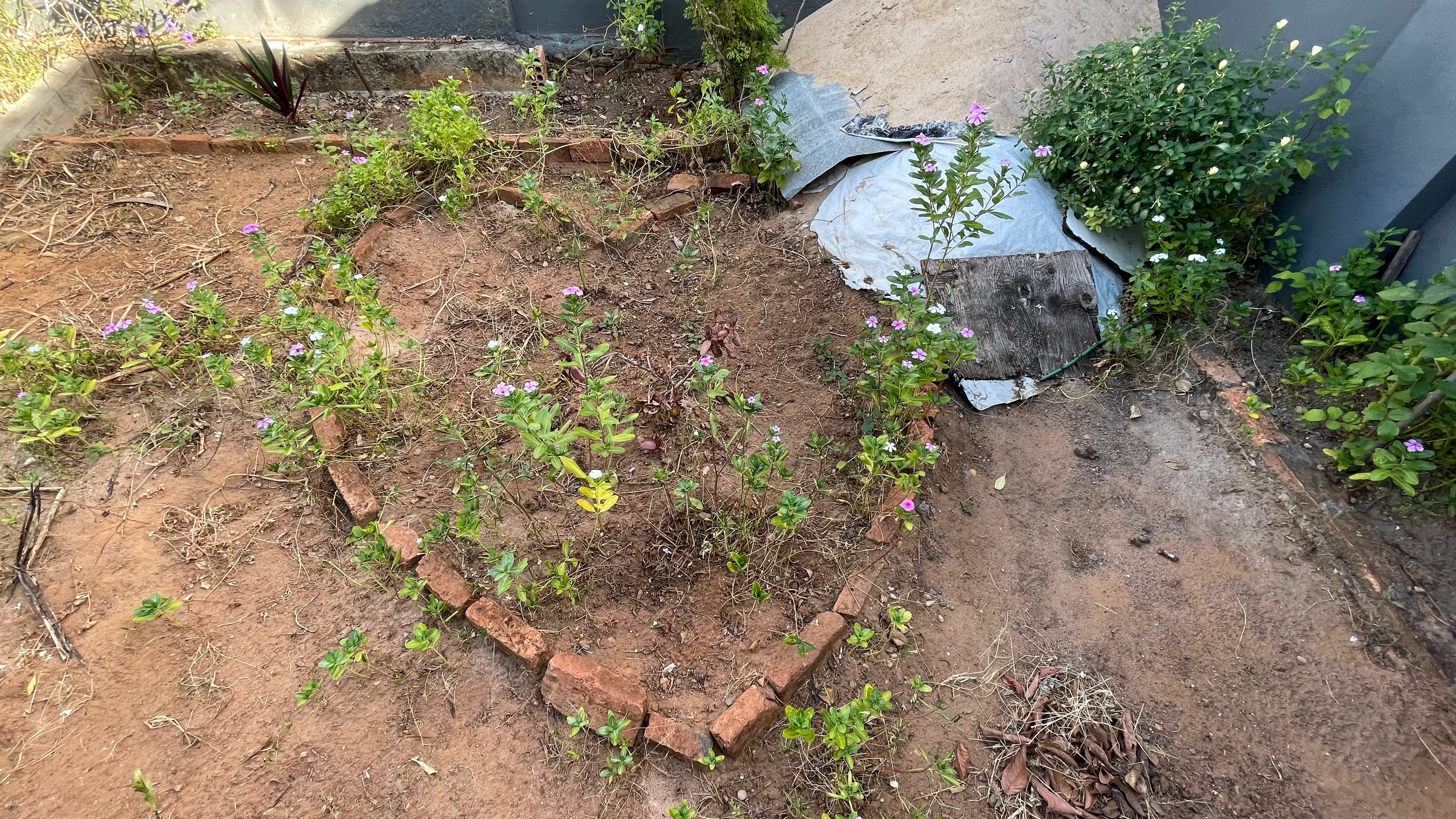
Wisrah C. V. da R. Celestino
Solo
with contributions by Elizeu Celestino de Araújo, Vilson Celestino Batista,
Maria Sebastiana Batista, Ana de F. V. da R. Celestino, Benedito L. da Rocha, Íris V. da Rocha
6 September–29 November 2025
Opening: 6 September 2025, 6 pm – 9 pm
Residency Space
Keithstraße 15, 10787 Berlin
Thursday–Saturday, 1 pm – 6 pm*
Text Performance during Berlin Art Week:
12 September 2025, 7 pm
Extended opening hours during Berlin Art Week from 11–14 September 2025:
Wednesday–Thursday, 11 am – 7 pm
Friday, 11 am – 10 pm
Saturday–Sunday, 11 am – 7 pm
Wisrah C. V. da R. Celestino amplifies their investigation into the construction of their personal history and aesthetic genealogy through conceptual strategies. In this respect, the title of their exhibition, “Solo”, is a lure: if there is one thing Wisrah has been working towards for several years now (six to be exact), it is to show that they are never alone. The names that follow their own belong to various members of their family; authors of various objects and devices which Wisrah pay attention to and consider as witnesses and reference points of their own artistic identity.
In recent years, Wisrah has collaborated on multiple occasions with close ones. One of their most exhibited works, RENTAL/FATHER (2023), manifested, up to this point, as a composite metal gate designed by their father in 1995, exactly 30 years ago. Although one might have the impression of a fixed image of the work in their mind, it has modulated into multiple versions (assembled, dislocated, freestanding, leaning on walls, or altogether flat on the ground), and a portion of the title suggests that, like any rental agreement, such objects are bound to return to their initial location. In this operation, only the notion of an “ephemeral readymade” could virtually attempt to define the gate itself. The objects are in a permanent state of transit, in transition. The work is, above anything else, the text, a score. A contractual entry that proposes such negotiation in a direct sentence that informs conditions as precise as open: one or more objects rented from the artist's father.
Similarly, with “Solo,” Wisrah doesn’t turn everyday objects into artworks. But they name, for the first time, their primary visual, intellectual, and procedural references, one by one, instead of informing us of their degree of relatedness. This shift isn’t pure cosmetic. It comes with a set of parameters that ensures the agency of the said family members – who are all equally paid to participate in the show – over their productions. To make this transaction of value and power palpable and real, Wisrah has initiated a new series of works: letters of attorneys that ask their collaborators for permission to exhibit their production. A set of these mandates is addressed to each participant of the exhibition, one file for each work presented. Borrowing the language of law, which Wisrah has formally studied, the documents are legally valid both in Germany and Brazil and give the grantors the right to withdraw their works from the exhibition at any point. The mandates thus play a triple role: they are works of art in themselves, certificates of authenticity, and institutional recognition tools; the latter to which Wisrah has dedicated part of their research to question its parameters and highlight its fragility.
That the original mandates aren’t “on show” in Berlin, but held by their signatories in Buritizeiro in the state of Minas Gerais in Brazil, is another decision that further demonstrates Wisrah’s interest in infringing on an obvious dialogue with conceptual art strategies. Although the legal relationship established between Wisrah and their predecessors might come across as cold - one could recall the very definition of contracts by American legal scholar Stewart Macaulay as “devices for conducting exchanges” - it is, in fact, an appreciation gesture, one of cataloguing and protection.
Two other works in the exhibition, by Elizeu Celestino de Araújo, are absent from the space. Or, rather, they are present somewhere else, extending the physical boundaries of the Between Bridges space to another geography. The work’s description - found in the title (and inferred by Wisrah) -, includes their materials and dimensions, and might give an indication as to what they are, although their images are kept away from viewers: one can only access a projection of the bridge and the table built by de Araújo.
Other modes of projection are in operation in “Solo”. The gathering of architectural drawings by Vilson Celestino Batista displays the meticulous labour of calculation and drafting to design buildings – a small number of which have been “realised” – complemented by a small pyrogravure on wood. These sketches inscribe Wisrah’s interest in measurements and architecture in a broader timeline and genealogy (beyond that of conceptual art and institutional critique). We may refer to Lot (2022), where a land plot is ploughed in the outdoor areas of the exhibiting institution, or Field (2021), which marks the dimensions of the gallery walls, till one acre is indicated in the sum. Here, we are reminded that their primary references are, rather than canonical occidental conceptual artists, their immediate ancestors.
At Between Bridges, Wisrah’s interest in measurements and architecture is made evident in another new series of works: the nails connected by steel wires. Their titles, starting with “H” (for handle), are followed by a number (indicating a somewhat abstract length: 90, 98, 75, 120, 146) and conclude with the mention “(After Benedito L. da Rocha)”. They refer to the dimensions in centimeters of multiple tool handles carved by Benedito L. da Rocha himself throughout his life. These works, phantom tools, in their precariousness, weave together a subtle tale of labour and care, one that sits between the architectural drawings and the final series of works on show. In this instructional elaboration, each work indicates that each of these initial two nails is to be connected to another one, complexifying yet again the solitary nature of the artwork and Wisrah's constant objection to conceiving rigid, materially stable sculptures.
The larger room of the exhibition space lines up the productions of three women from Wisrah’s family: Iris V. da Rocha, Maria Sebastiana Batista and Ana de F. V. da R. Celestino. Various embroidery techniques are on display, from cross-stitch to huck weaving. Their gathering highlight the repetition of certain motifs such as floral patterns, text, animals, and geometrical abstractions that we can equally identify in the work of Wisrah. In Gift (2024), for example, a series of native invasive plants blend with the space's architecture, while with Picks(2022), Wisrah collects and displays a set of plants in public spaces of the city where the work is presented (complexifying the “AME A NATURALEZA” found in one of Iris’ work).
Another textile shows the artist’s name - a direct indication of the attachment and care that bonds the participants of the exhibition - while the abstract patterns woven by Sebastiana present us with color combinations that can be frequently seen in Wisrah's work. Interestingly enough, the exhibited textile pieces make use of aida cloth, a grid-like fabric that allows the labor of embroidery to be realized mathematically, like a drawing on graph paper (making the textile works closer to the architectural drawings than we might initially realise).
In discussing with Elizeu, Vilson, Maria, Ana, Benedito, and Íris, and continuing their work, Wisrah formulates transactional acts that, far from the common references to the art historical canon, constitute their own methodology and genealogy. While the collaborators’ exhibited (and non-exhibited) pieces are elevated here as objectual and intellectual references (acknowledged and preserved through juridical recognition), Wisrah makes a work that, in its textual essentiality, destabilises the very notion of artmaking.
Text by Cédric Fauq
Veranstaltung im Rahmen der Residency-Ausstellung
Text-Performance: Wisrah C. V. da R. Celestino
12. September 2025, 19 Uhr
Between Bridges Residency Space
Keithstraße 15, 10787 Berlin
Wisrah C. V. da R. Celestino presents a reading performance. The work, developed during their residency, addresses their interest in language as a tool of operation, critique, and labor.
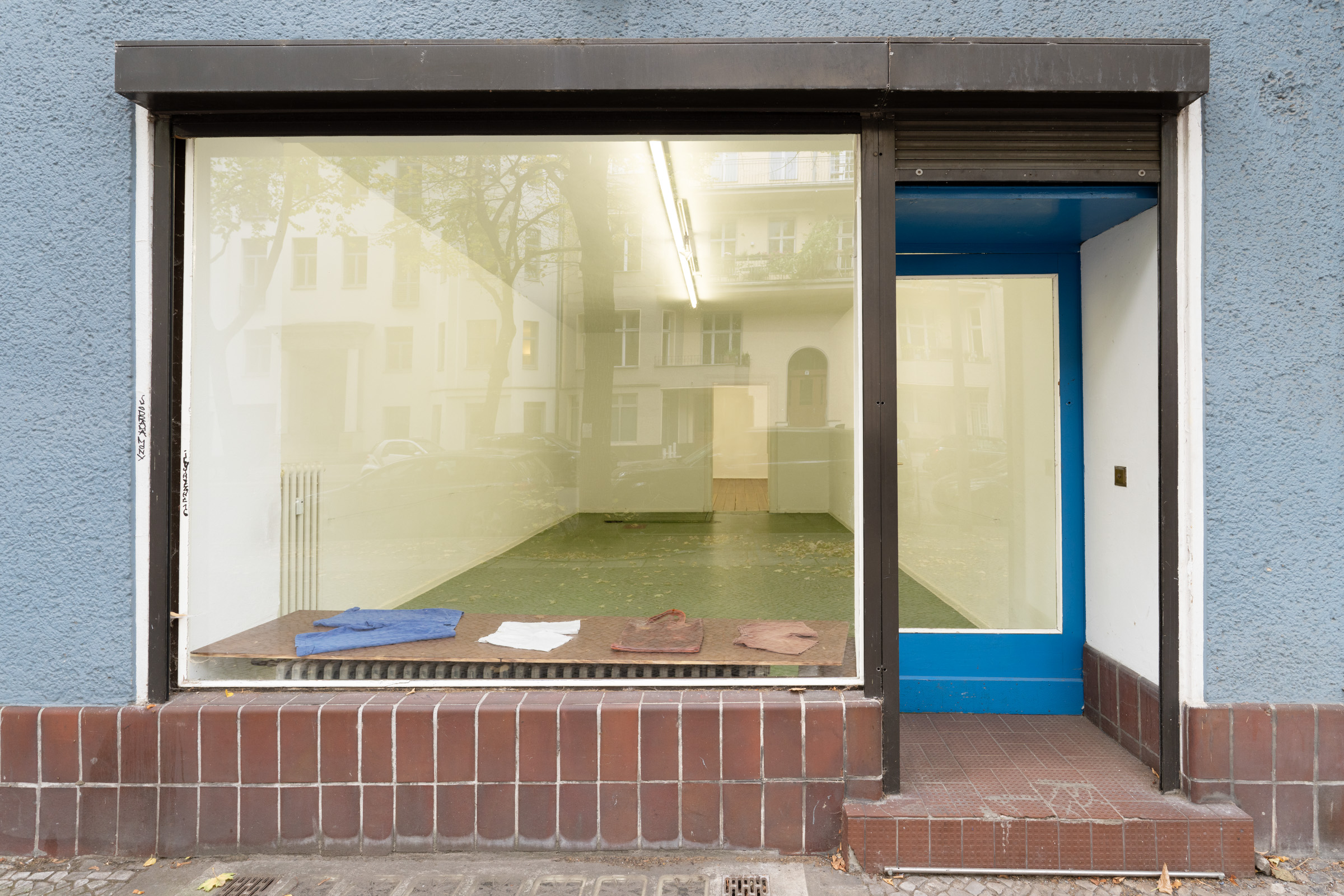
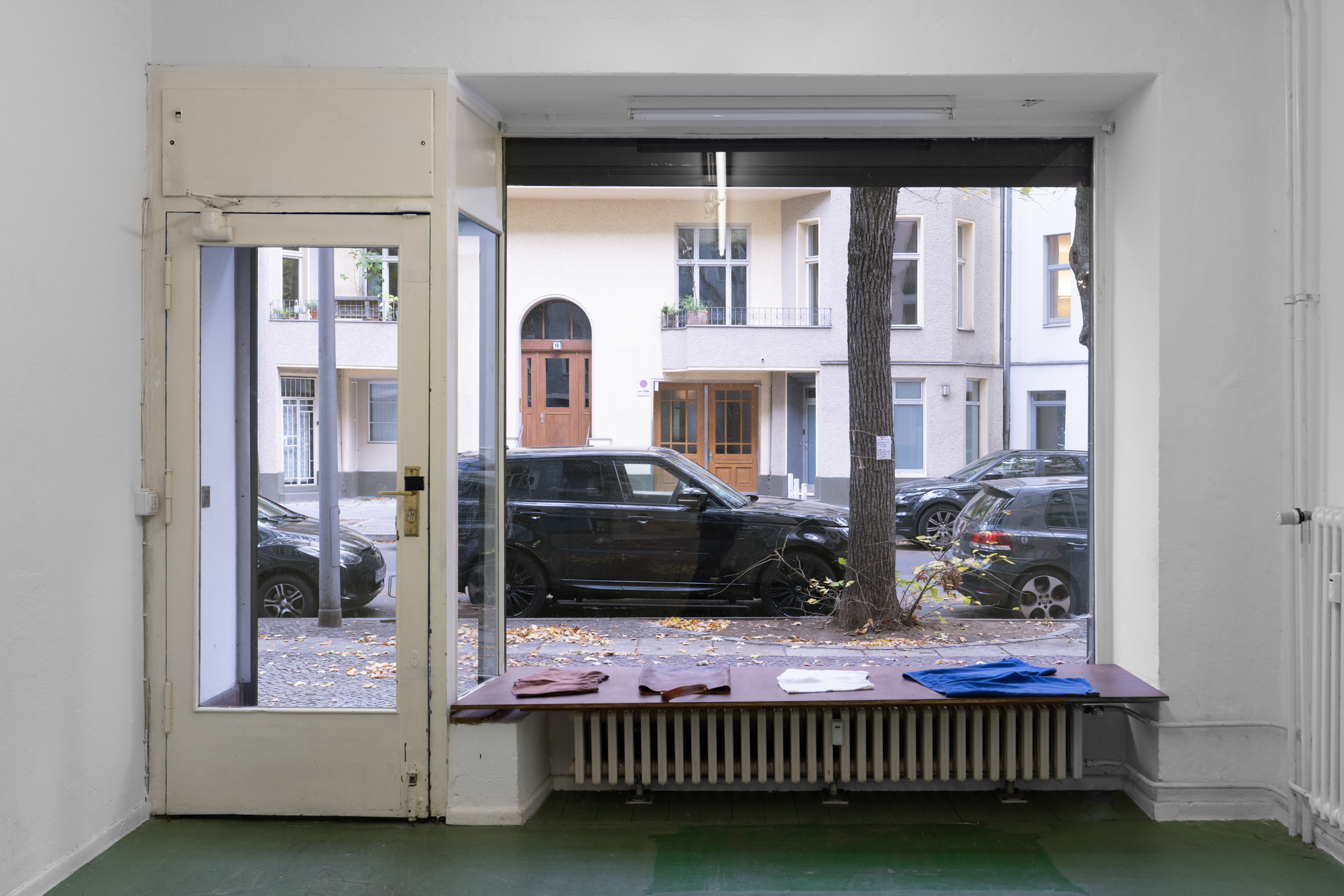
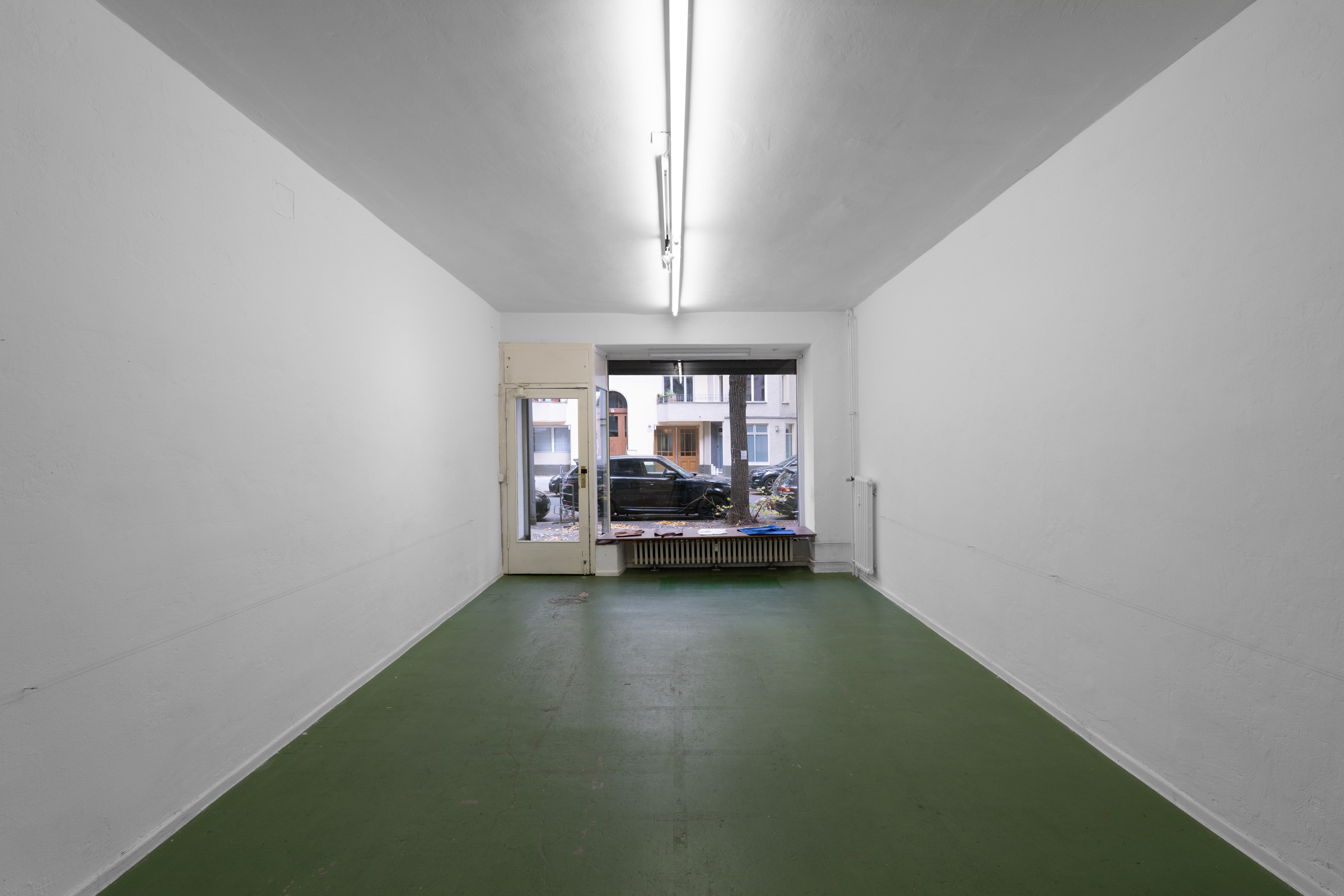
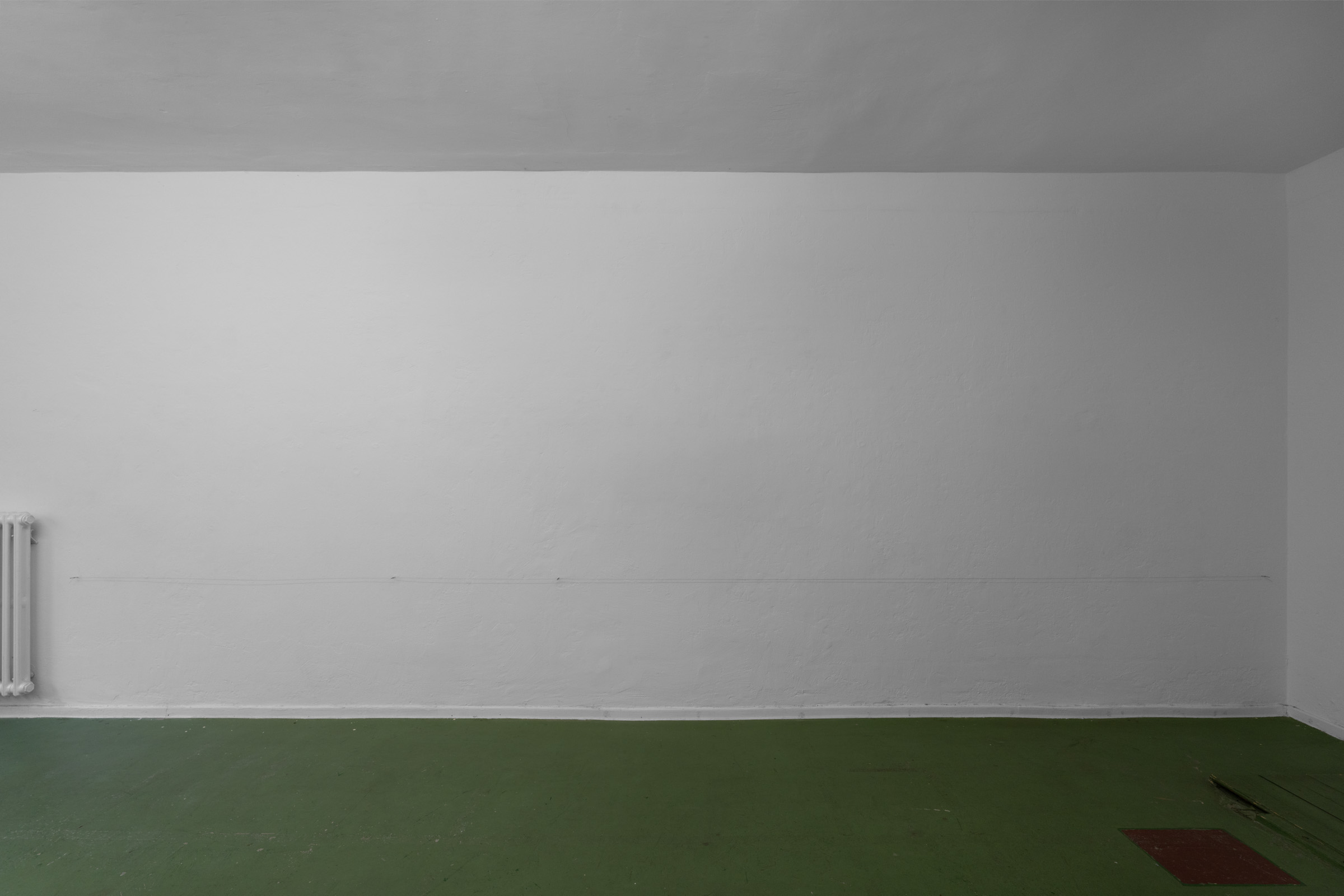
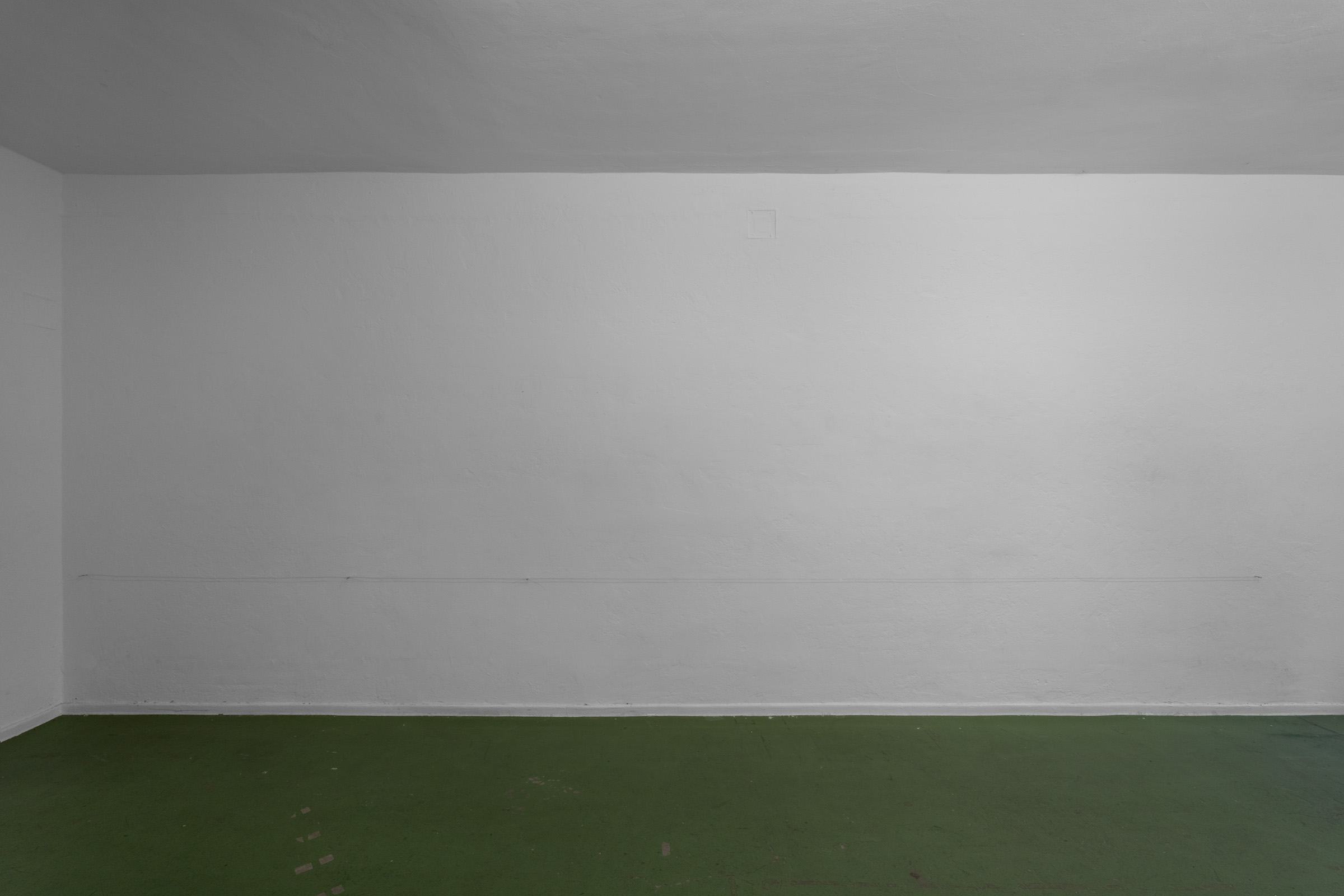
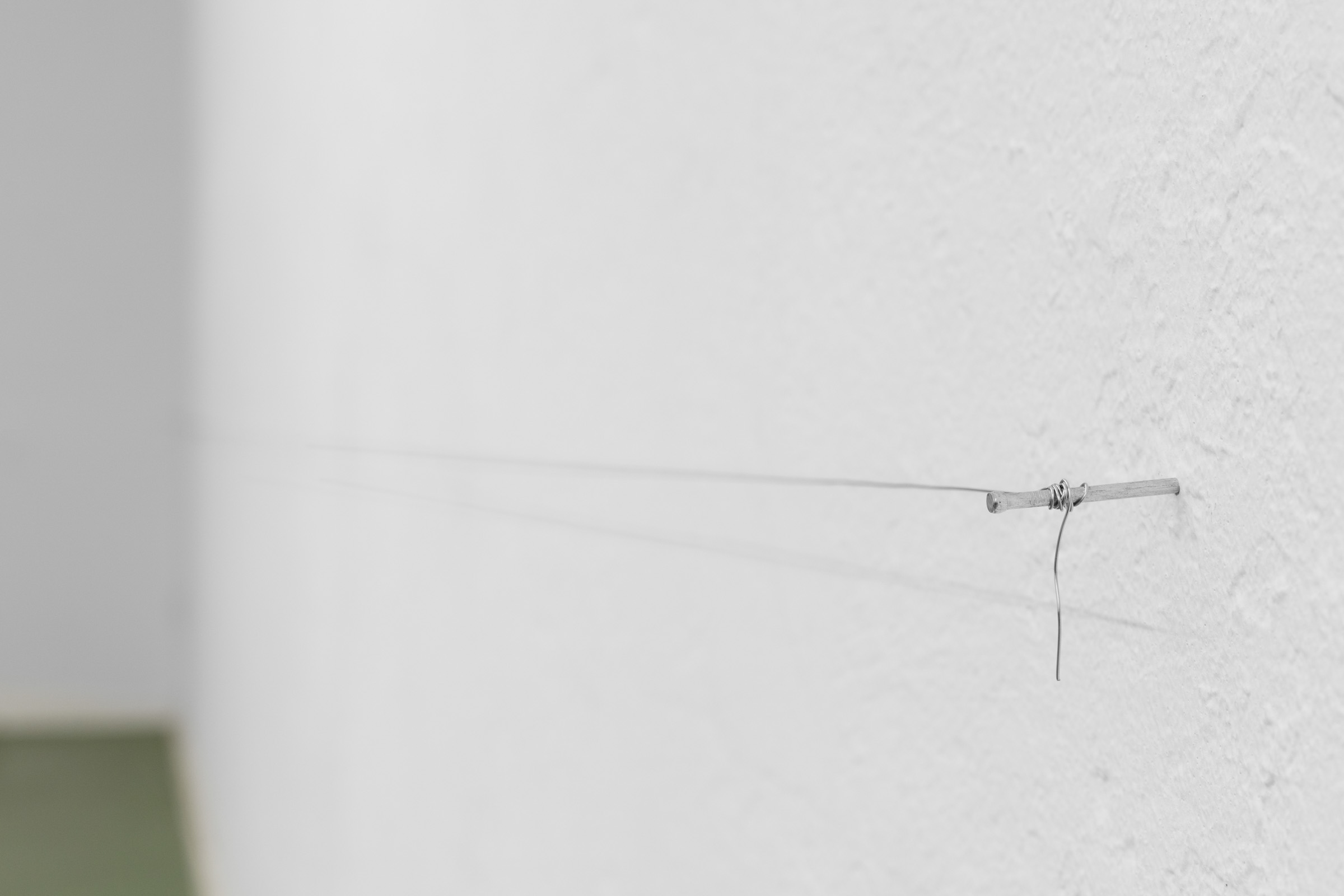
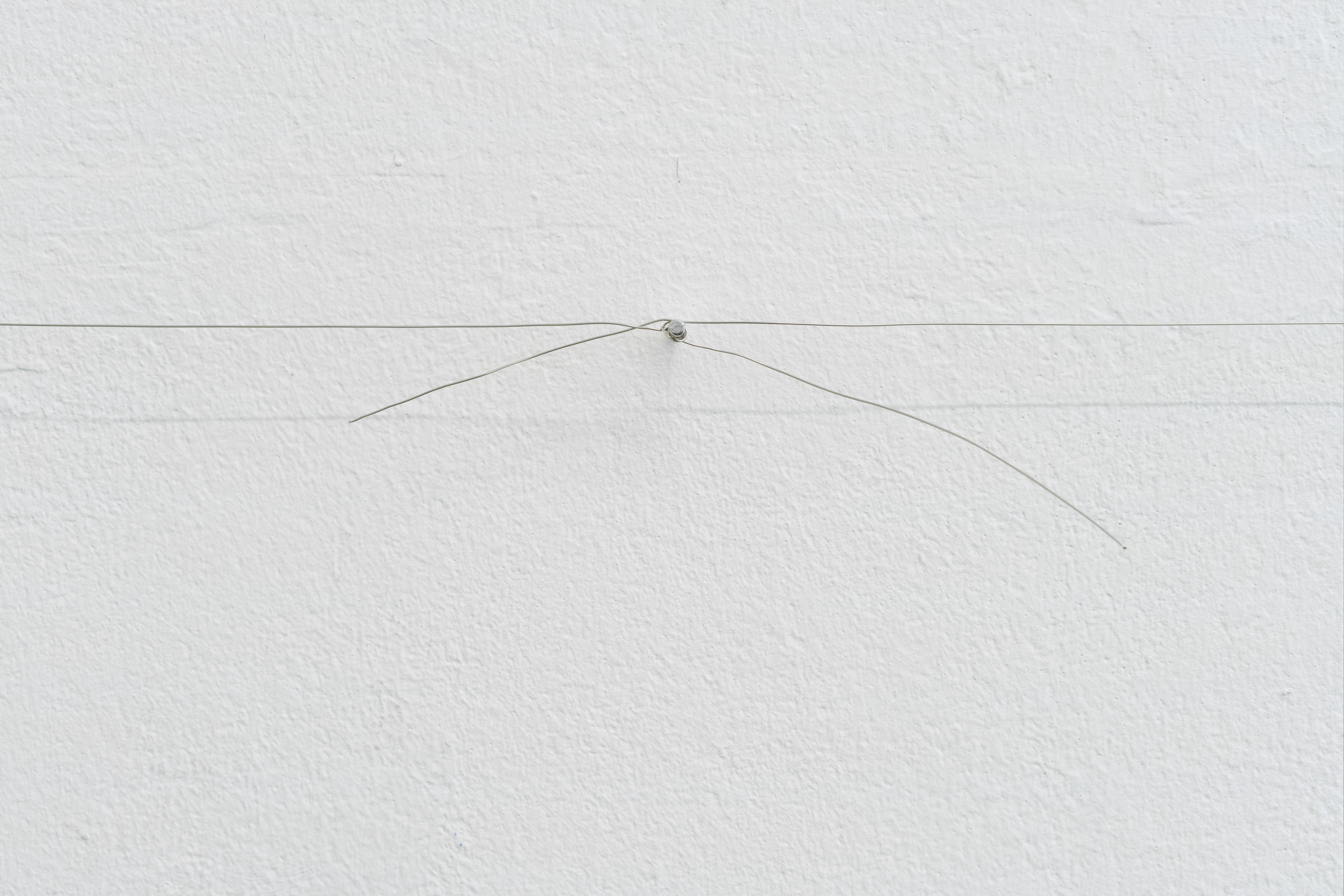
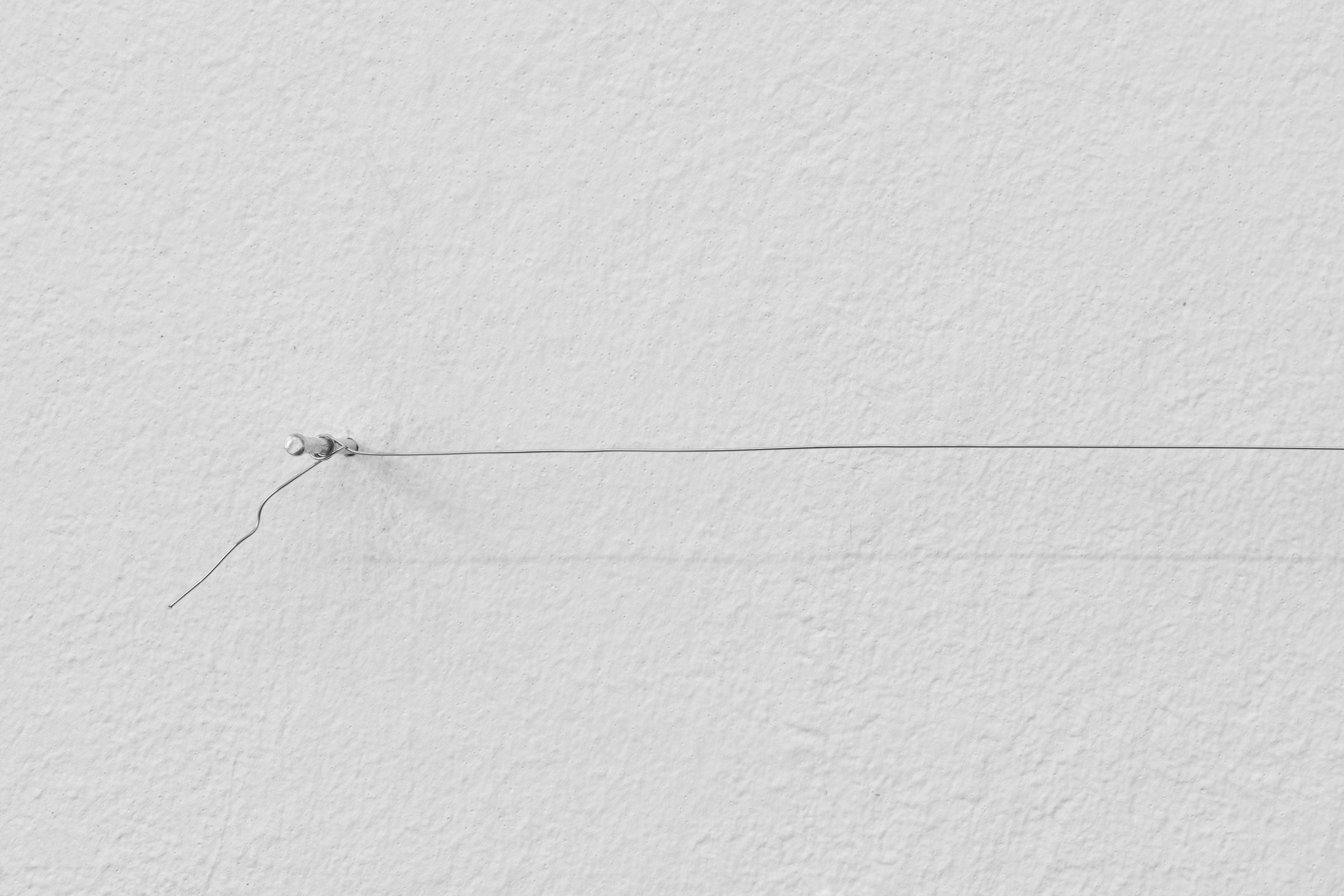
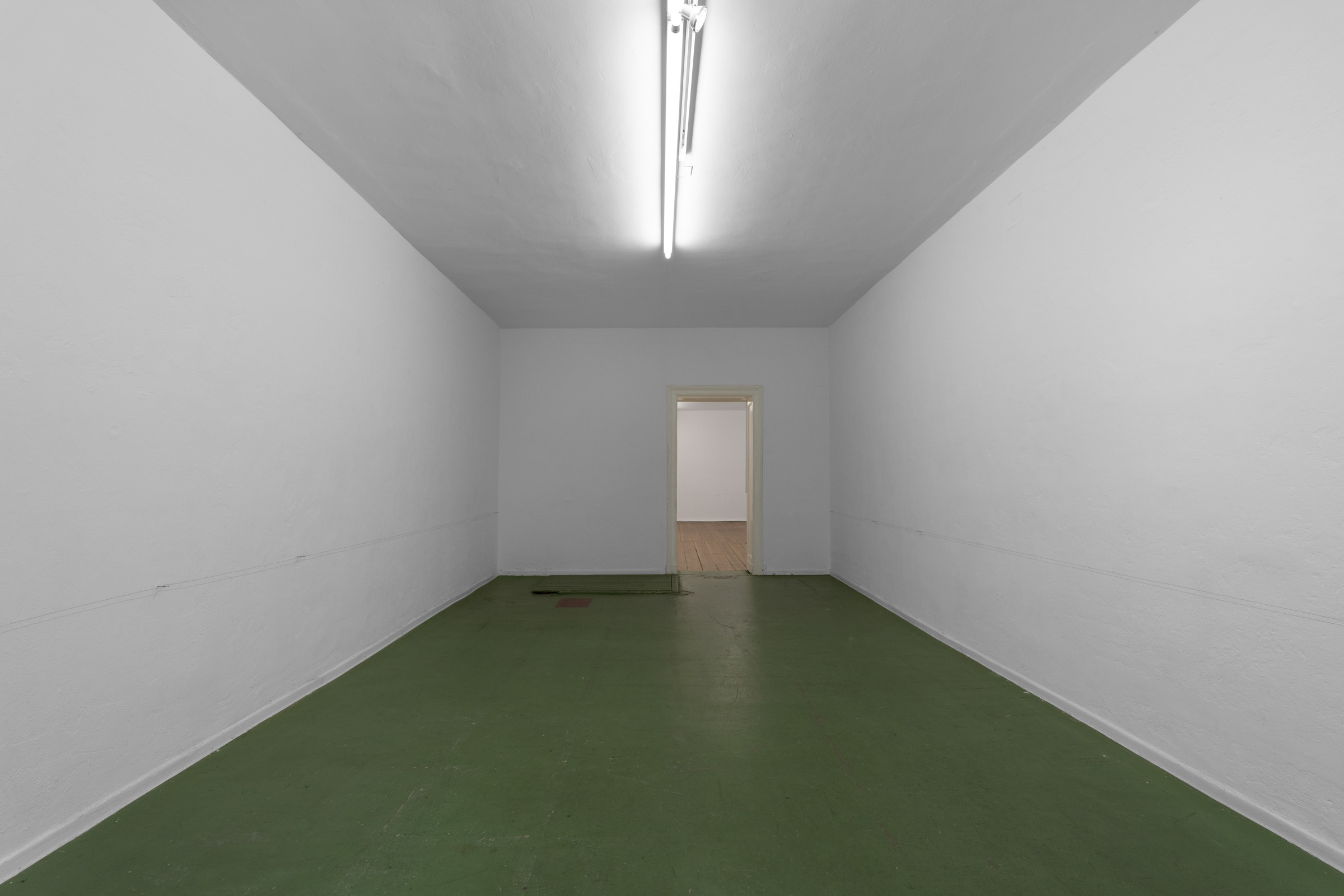
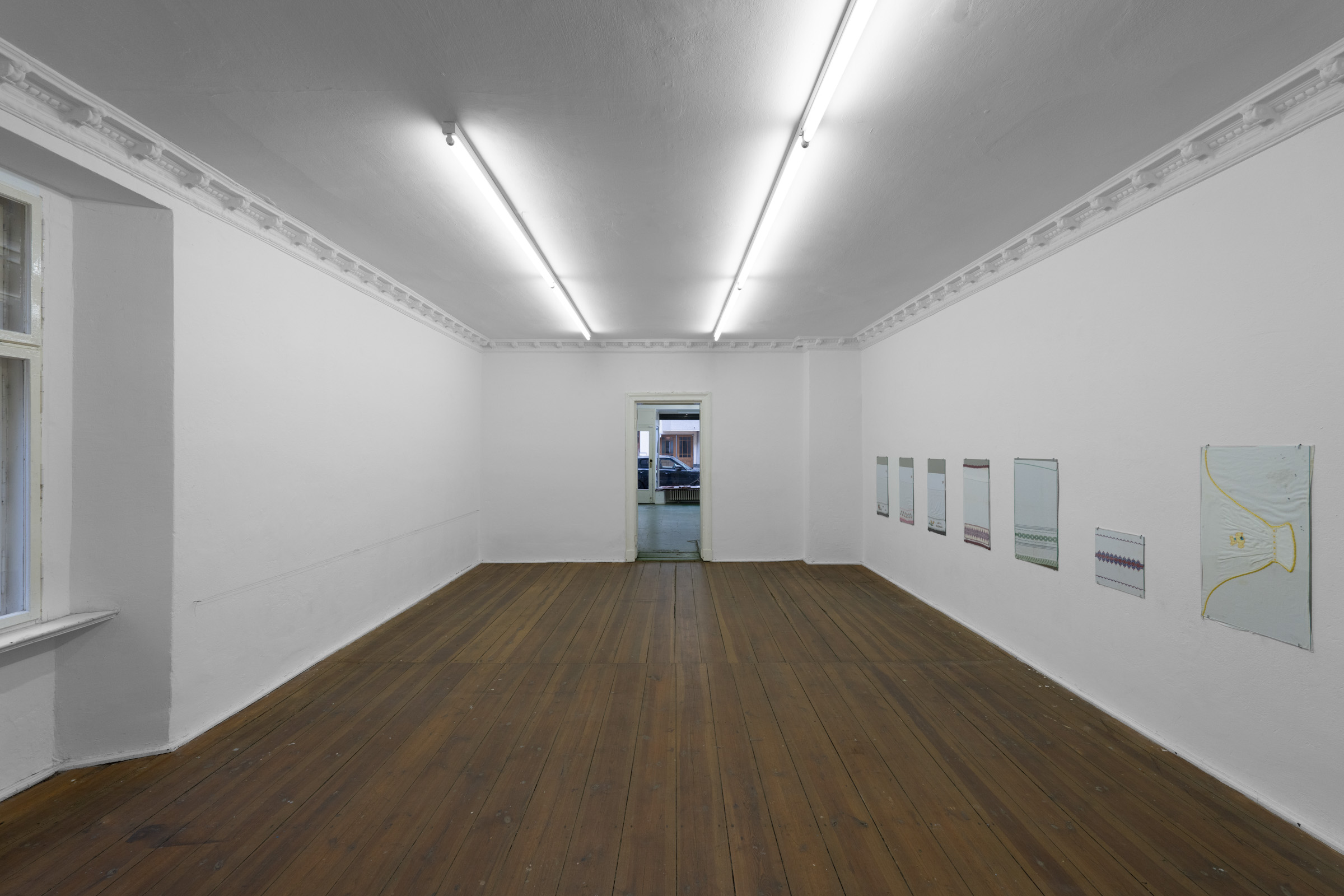
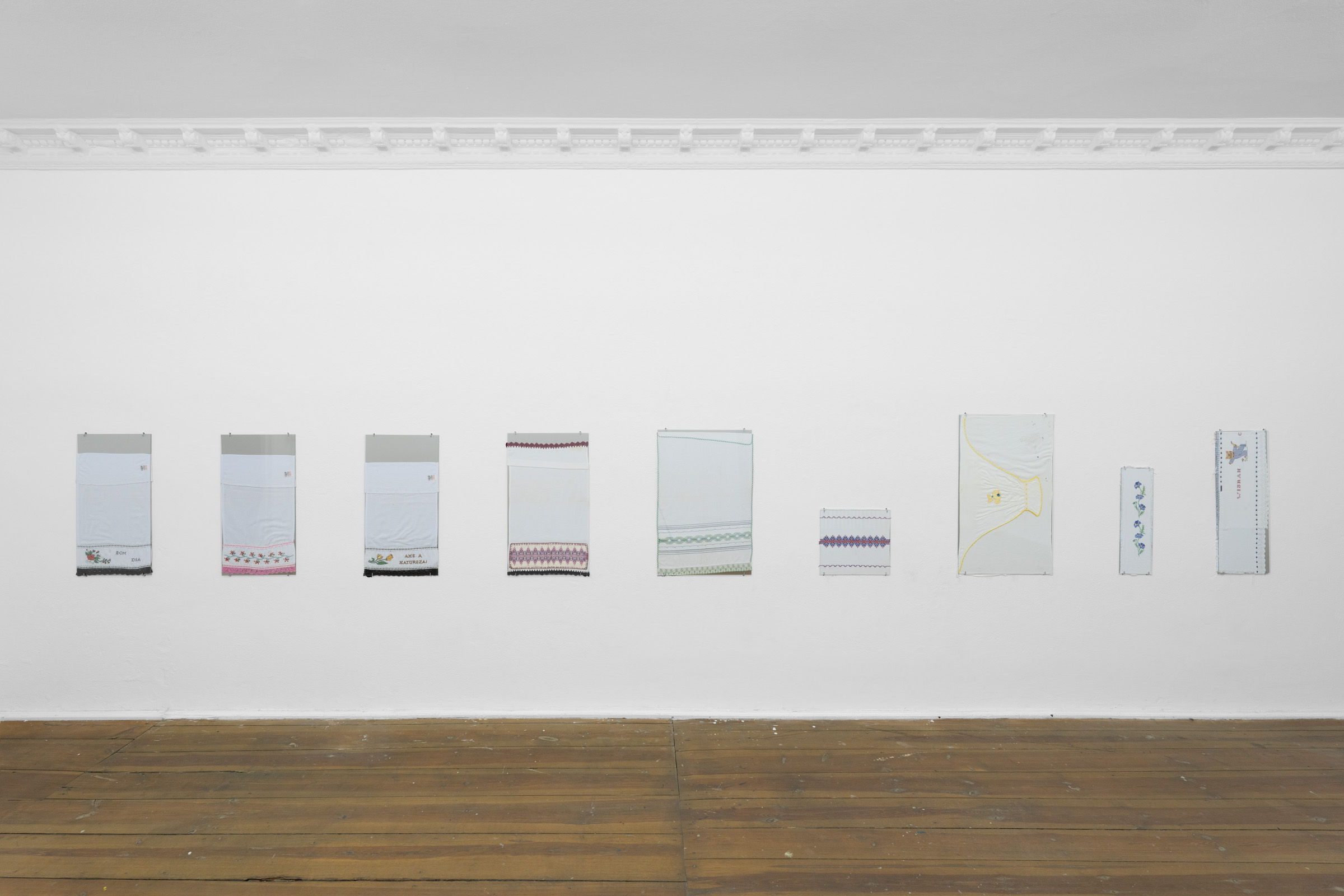
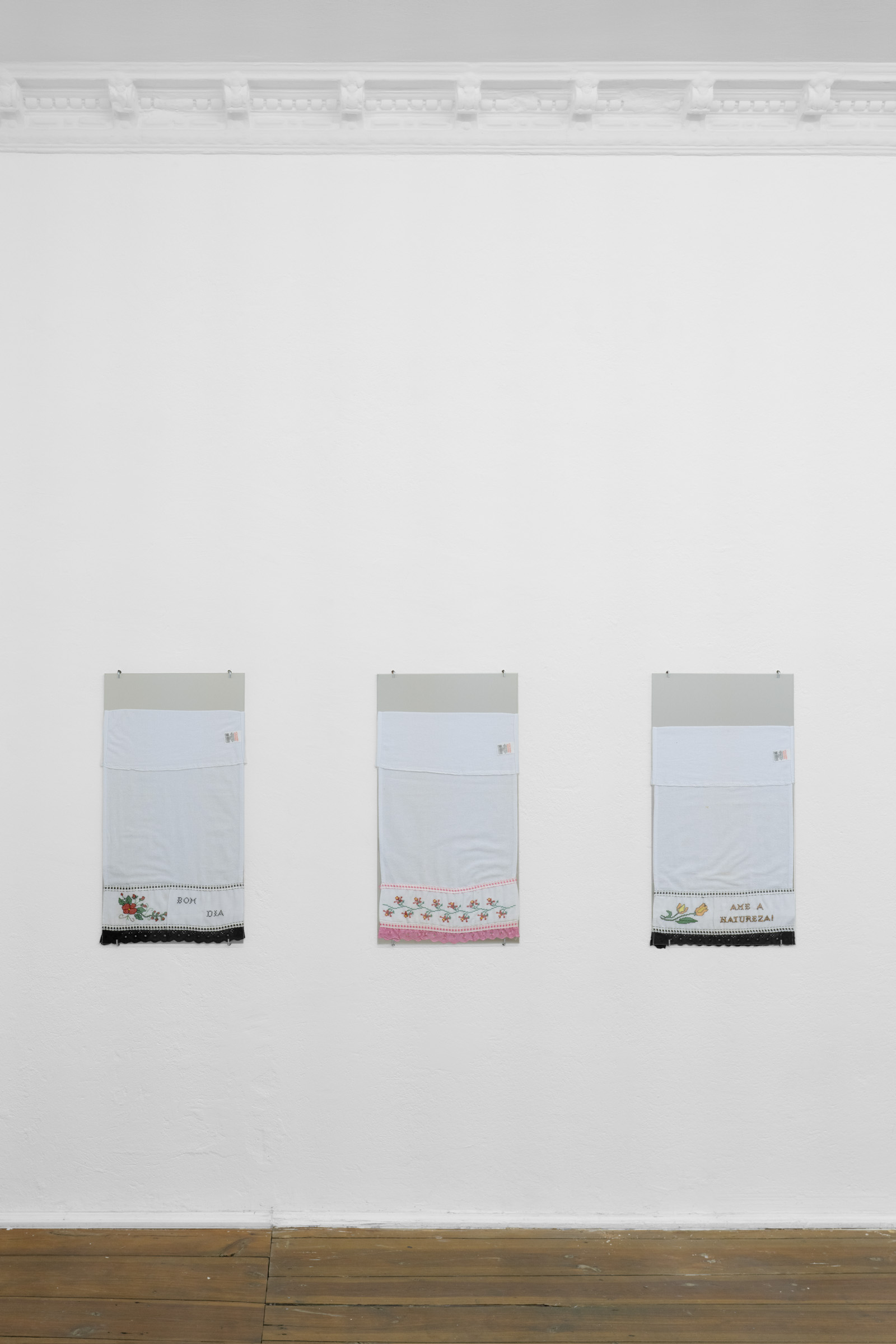
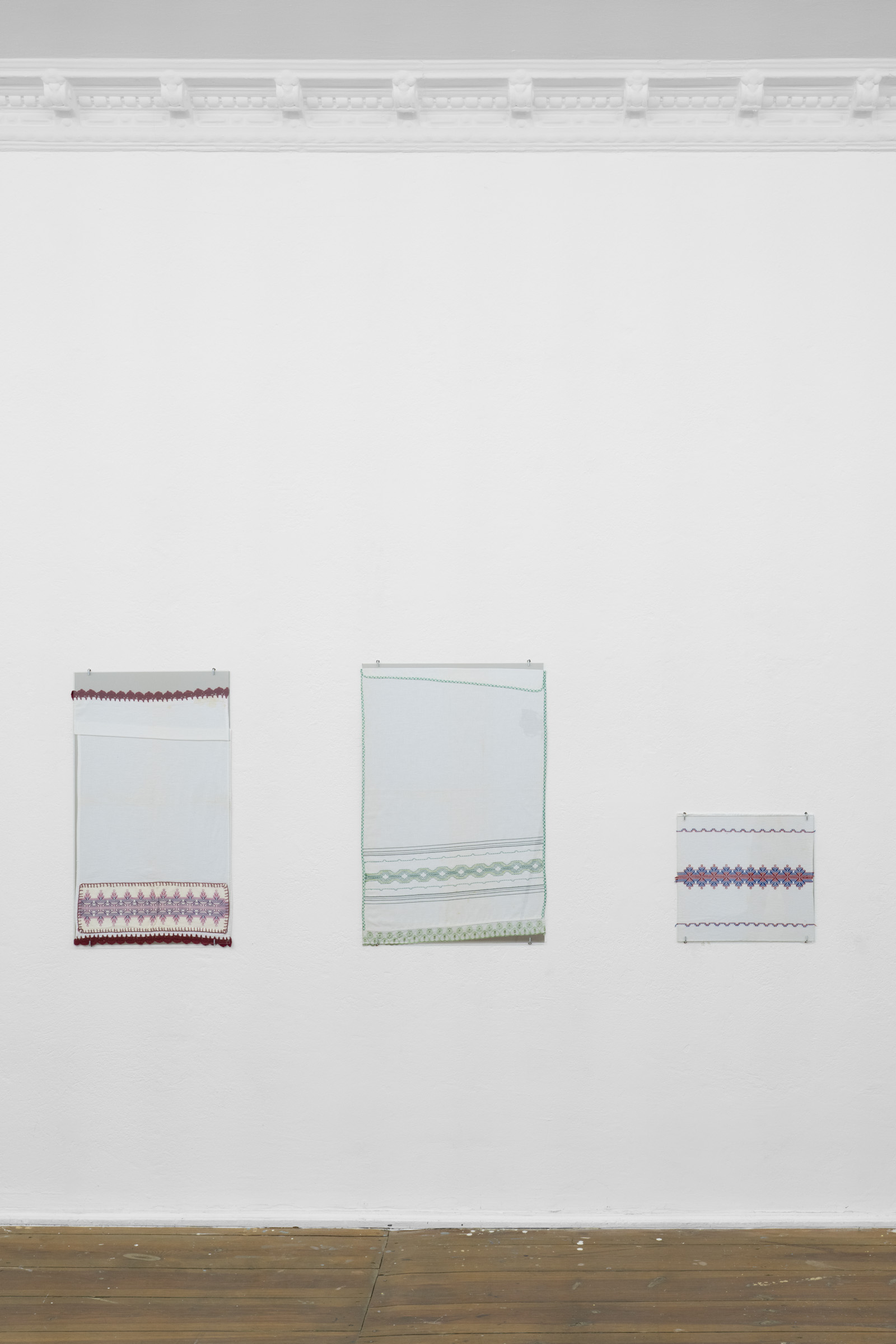
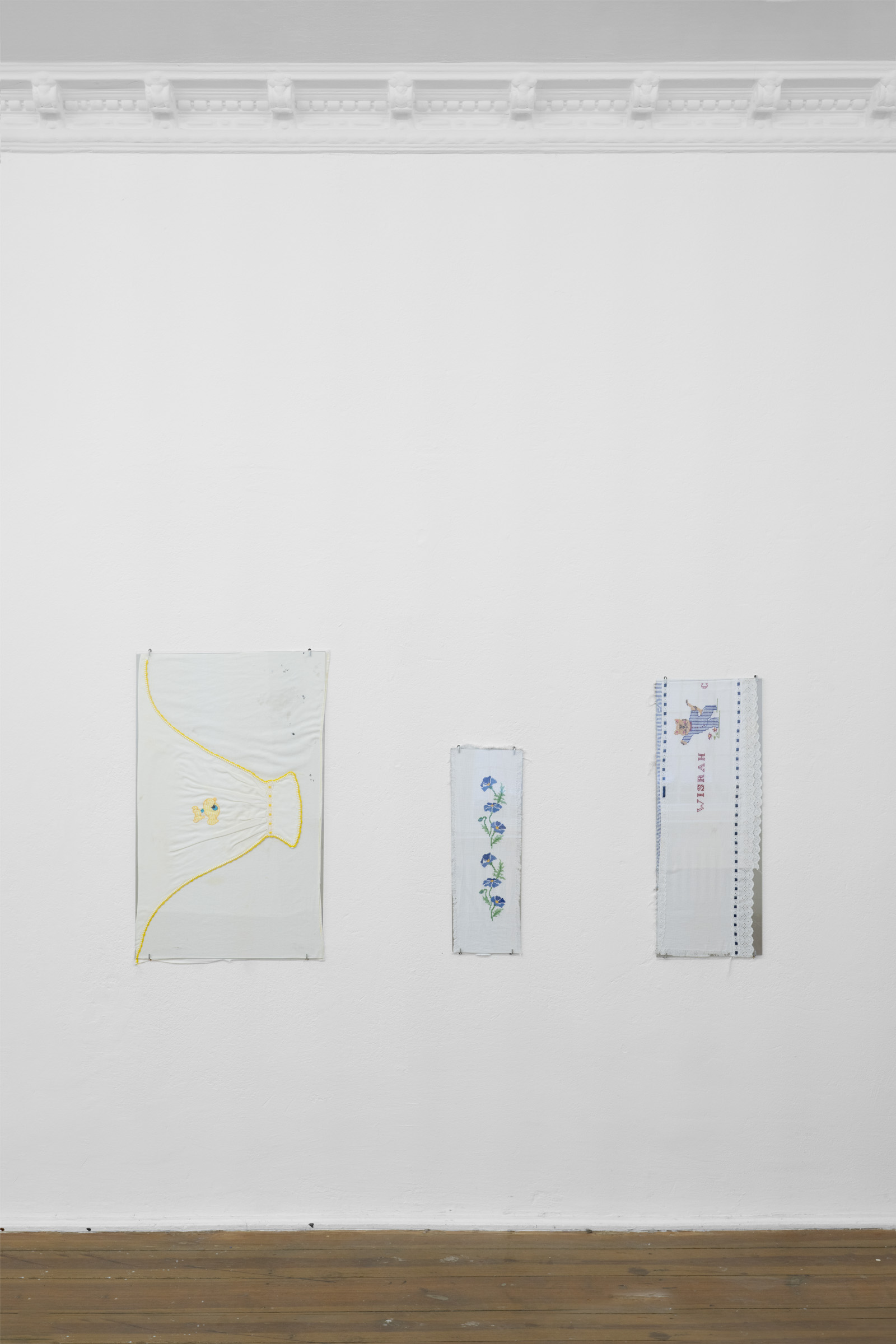


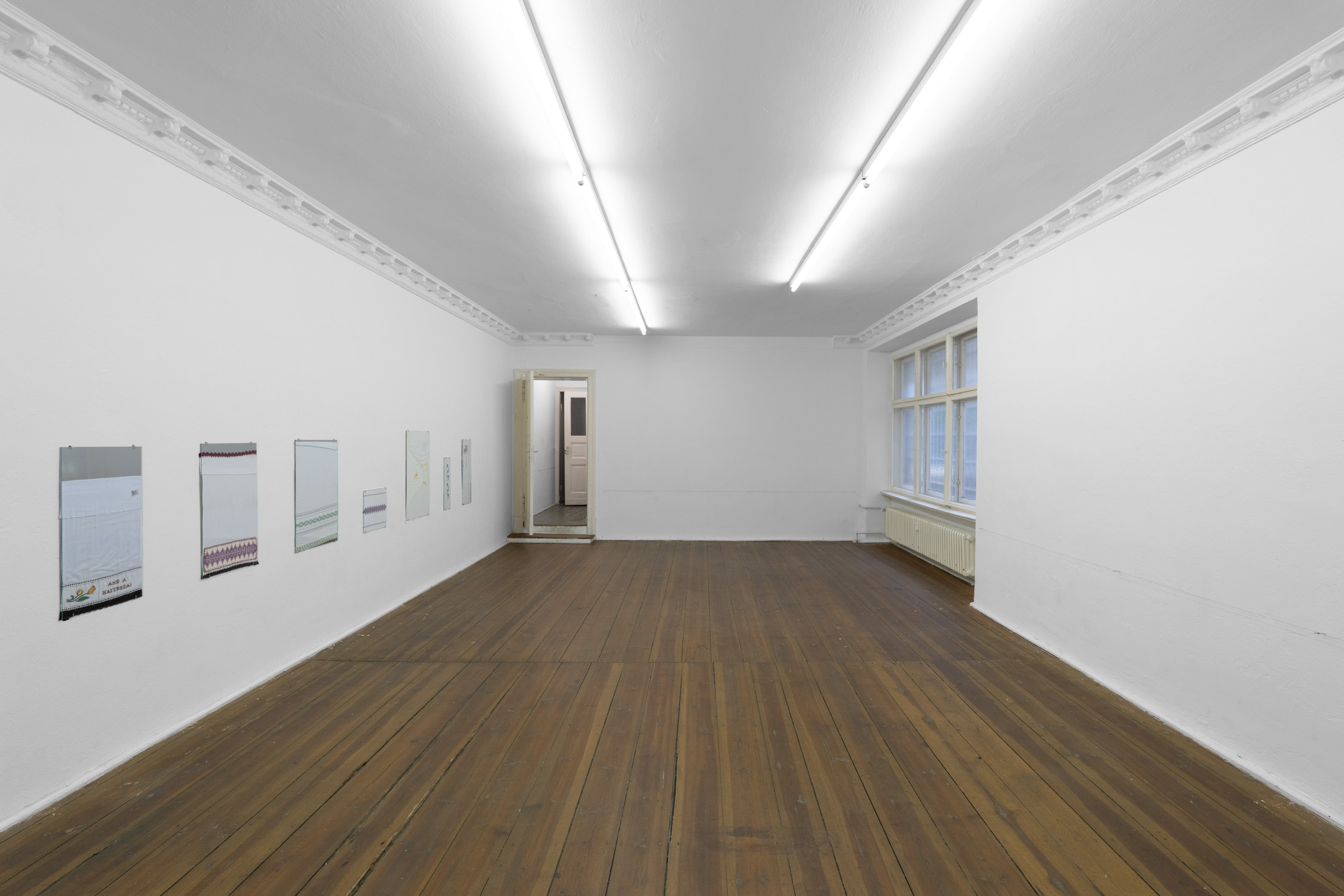
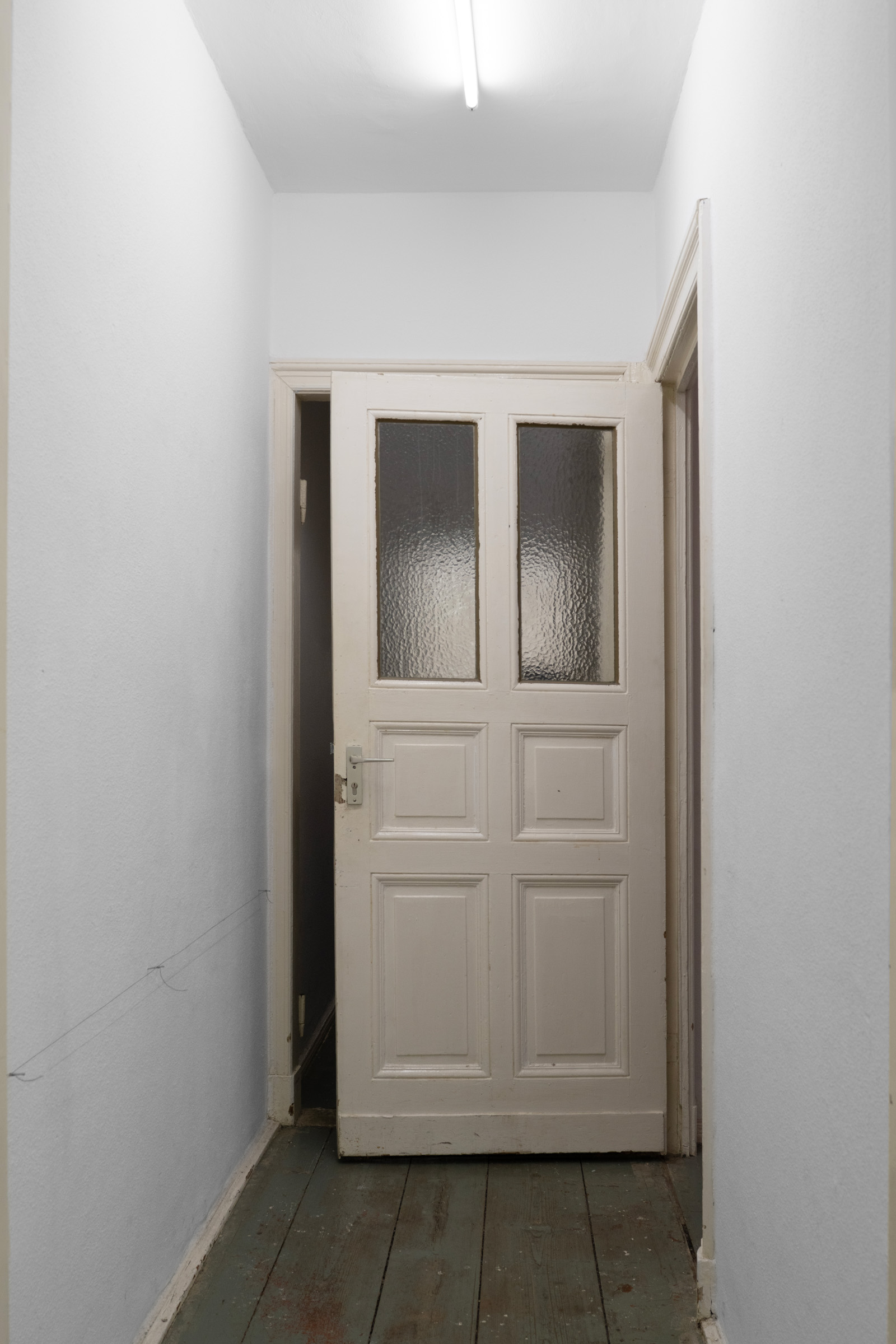
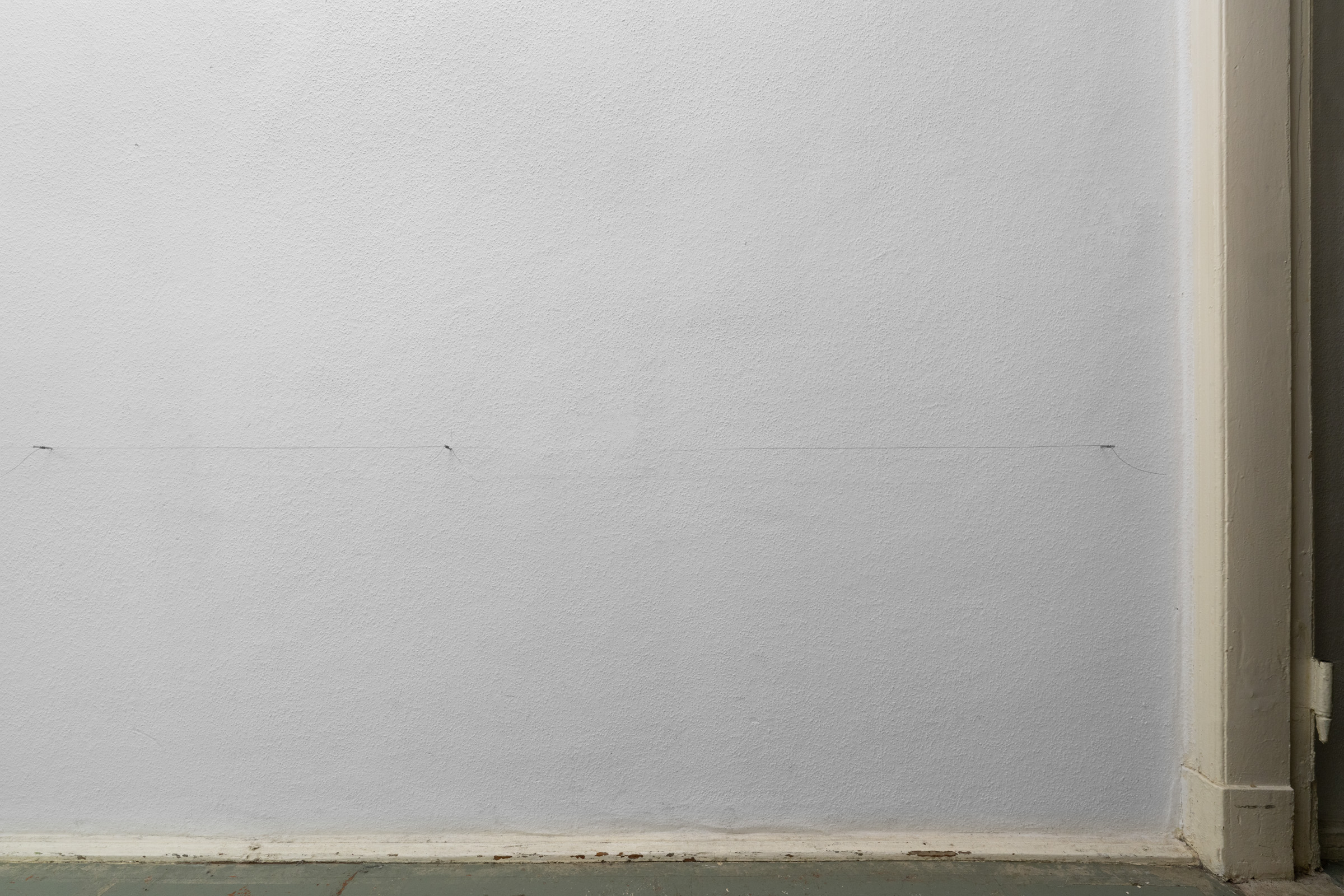
Installation views by Joanna Wilk